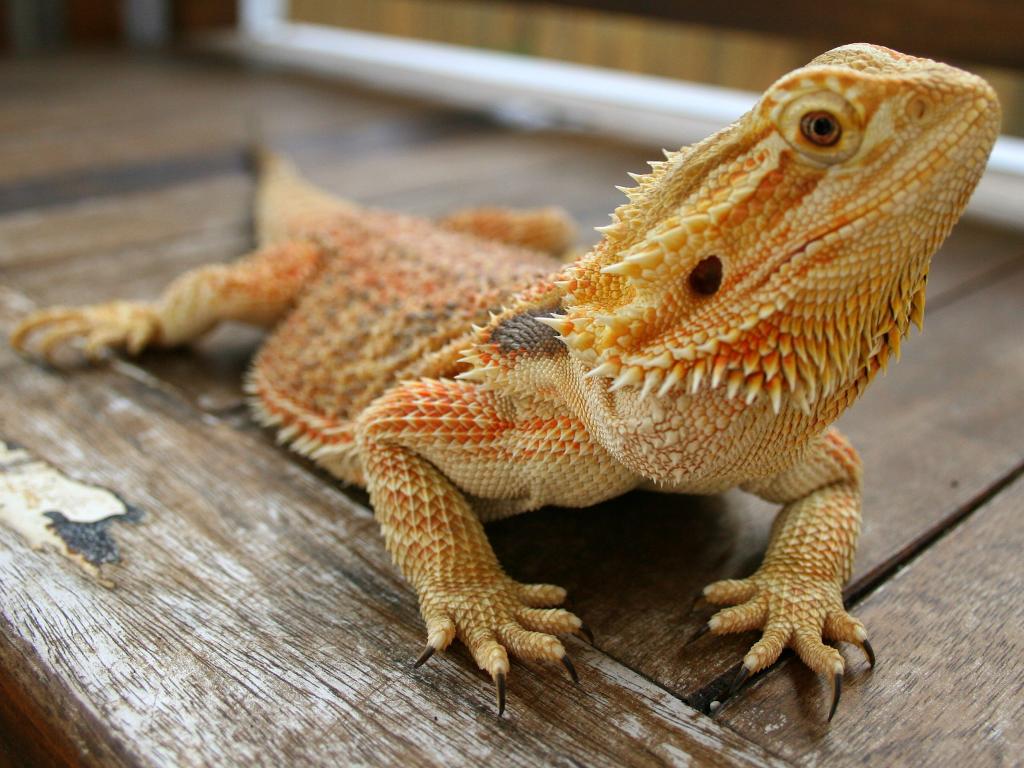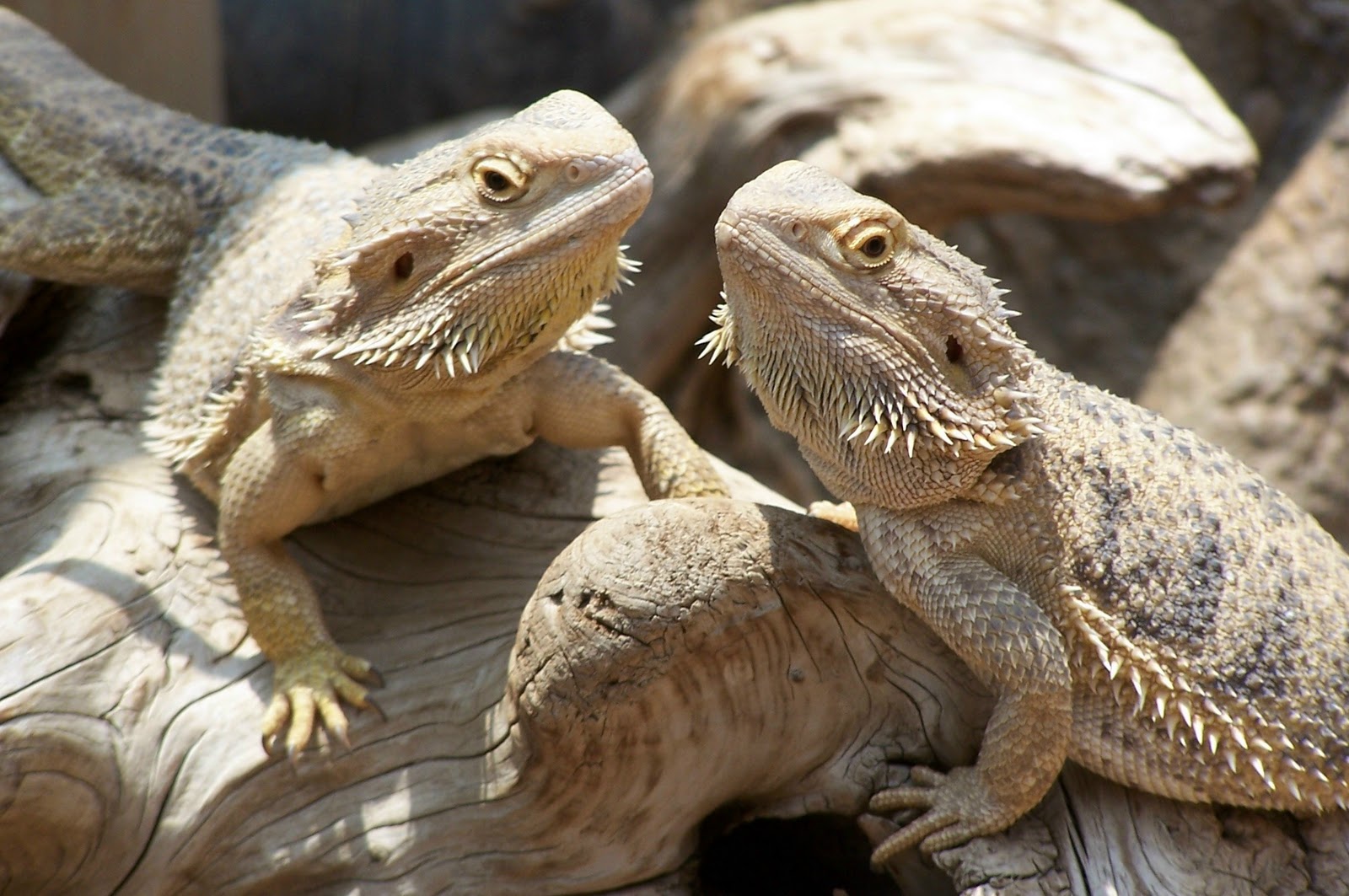10 Simple Ways to Tame Your Aggressive Bearded Dragon
Why is Your Bearded Dragon Aggressive?
Bearded dragons are popular pets due to their friendly and easy-going nature. However, sometimes they may show aggressive behavior which can be a cause for concern for pet owners. A bearded dragon may exhibit aggression if it’s feeling threatened or territorial, experiencing health issues, or if it’s not comfortable in its environment.
10 Tips to Tame Your Aggressive Bearded Dragon
1. Identify the Trigger
If your bearded dragon is showing signs of aggression, try to identify the trigger. Observe its behavior, such as body language, to determine what’s causing the aggression. Once you’ve identified the trigger, try to eliminate it.

2. Handle Your Bearded Dragon
Bearded dragons are social animals and require regular handling. Start by handling them for short periods each day and increase gradually over time. If your bearded dragon is displaying aggressive behavior during handling, try to remain calm and patient.

3. Create a Safe Environment
Make sure your bearded dragon has a secure and comfortable environment. They require a spacious enclosure with proper lighting, heating, and humidity levels. A safe and stress-free environment can help alleviate aggression.

4. Provide a Balanced Diet
Feeding your bearded dragon a balanced diet is crucial for their health and well-being. Offer a variety of fresh vegetables, fruits, and insects. Ensure that their diet is nutritionally balanced and appropriate for their age and size.

5. Socialize with Your Bearded Dragon
Socializing with your bearded dragon is important for bonding and to reduce aggression. Interact with them through play and offering treats. Keep them engaged and entertained by providing toys and stimulating activities.
6. Minimize Stress and Noise Levels
Bearded dragons can become stressed due to loud noises or sudden movements. Try to maintain a calm and quiet environment around their enclosure. Avoid placing them in high-traffic areas or near noisy appliances.

7. Regular Vet Check-ups
Regular visits to the veterinarian can help identify and treat any underlying health issues that may contribute to aggression. Be aware of any changes in their behavior or appearance and seek medical attention if necessary.

8. Watch Your Body Language
Bearded dragons are sensitive to body language and can react to your emotions. Try to remain calm and relaxed when interacting with them. Avoid making sudden movements or gestures that may startle them.

9. Be Patient
Taming an aggressive bearded dragon requires patience and persistence. Don’t give up on your pet and continue to work with them regularly. Be consistent in following the tips mentioned above to see results.
10. Seek Professional Help
If your bearded dragon continues to display aggressive behavior after following the above tips, seek professional help. A certified reptile behaviorist or veterinarian can provide additional guidance and support to address the issue.

Conclusion
Taming an aggressive bearded dragon requires patience and understanding. With proper care, diet, and handling, an aggressive bearded dragon can transform into a loving and friendly pet. Remember, always seek professional help if your pet’s aggression persists.
